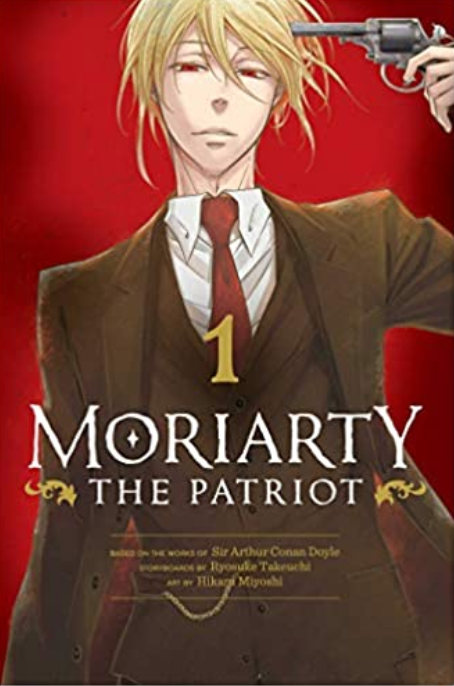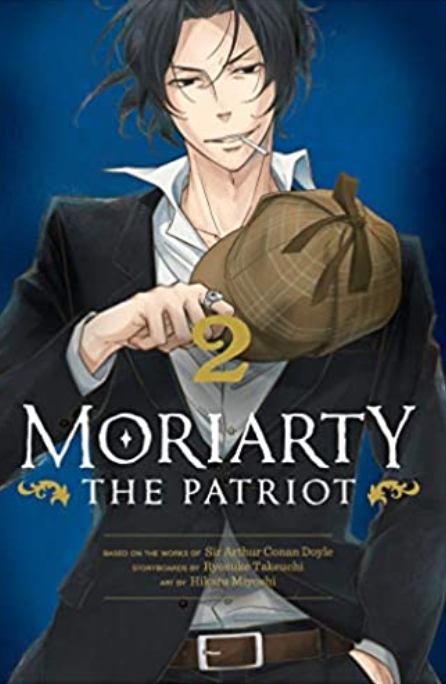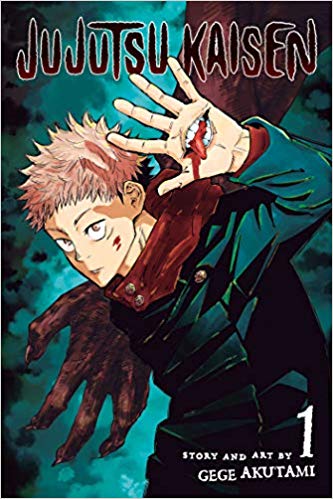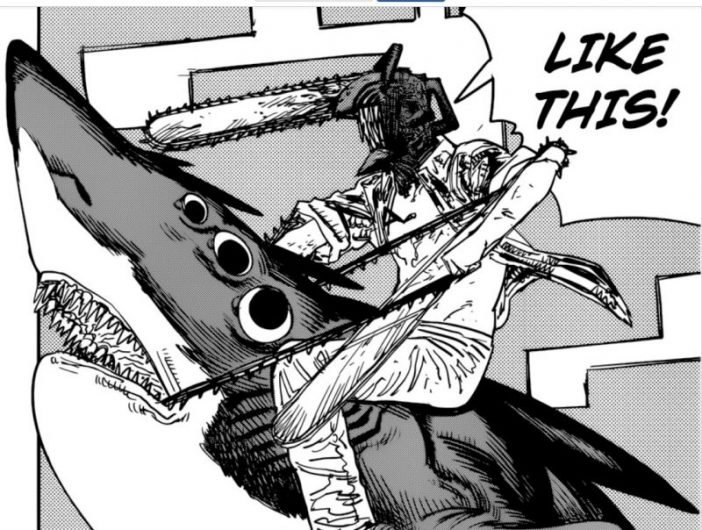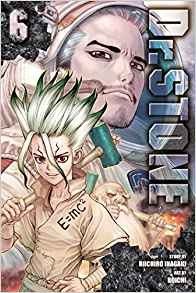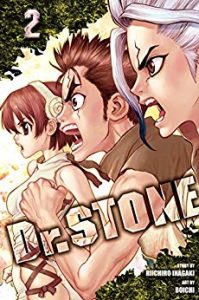Buckle up, dear reader; this week’s Manga Review is bursting at the seams!
The first order of business? The best (and worst) of 2022. The Comics Journal recently posted its annual list, polling thirty-three critics, artists, editors, and scholars about their favorite titles. While some of the nominations were predictable—there were a lot of folks praising Kate Beaton’s Ducks—there were also a refreshing number of contributors who discussed their manga-reading habits, among them Ritesh Babu, Helen Chazan, Austin English, Charles Hatfield, Chris Mautner, Joe McCulloch, and Katie Skelly. The Beat’s 30 Best Comics of 2022 had fewer manga entries but offered a more balanced list of mainstream and indie comics, as did The Mary Sue, which gave nods to Junji Ito and Yamada Murasaki in its list of the 30 Best Comics and Graphic Novels of 2022, and From Cover to Cover, which named Gengoroh Tagame’s Our Colors among the year’s best titles. Perhaps the most interesting list was Polygon’s 10 Best Comics of 2022, which gave shout-outs to Look Back and Yokohama Kaidashi Kikou as well as Jamilla Rowser and Robyn Smith’s Wash Day Diaries.
Readers in search of manga-only lists will find plenty to choose from, including Okazu’s Best Yuri of 2022, But Why Tho’s Top BL Manga of 2022, and Anime UK News’s favorite Manga, Manhwha, and Light Novels of 2022. Also worth a look: Asian Movie Pulse’s 10 Best Manga Releases of 2022, Beneath the Tangles’ Best Manga of 2022, Bounding Into Comics’ Top 10 New Manga Series of 2022, CBR’s Best New & Ongoing Manga of 2022, Game Rant’s 10 Best Manga of 2022, The Outerhaven’s Top 5 Manga of 2022, and Screen Rant’s 10 Best Manga of 2022. Last but not least, I posted my first Best and Worst Manga list in… (checks notes) seven years, focusing on the titles that most delighted and annoyed me in 2022.

NEWS…
Did you know the New York Times has revived its Graphic Books and Manga Bestseller List? (Me, neither.) By whatever metrics they’re using, Chainsaw Man and Shuna’s Journey are selling briskly but not as well as Dav Pilkey’s perennially popular Cat Kid and Dog Man series. [The New York Times]
To mark the twentieth anniversary of Yuricon, Erica Friedman is moving the event online and reimagining the format “as a series of presentations and panels to be held online throughout the year on Yuri Studio.” Anyone interested in organizing a panel or giving a presentation at Yuricon 2023 is encouraged to fill out an application at Okazu. [Okazu]
Publishers Weekly compiles its “top-15 most-read articles on comics” and, to no one’s surprise, “Manga Is Booming” topped the list. [PW]
Shonen Jump readers take note: the cost for US subscribers is going up a $1.00/month. Krystallina offers more context for the rate increase, and reflects on the state of the digital manga market. [The OASG]
Wondering what new series you can expect to see at your local bookstore this month? Bill Curtis has you covered with a comprehensive list of January’s manga and light novel releases. [Yatta-Tachi]
…AND VIEWS
Fatimah explains why Tenmaku no Jendoogar (A Witch’s Life in Mongol) deserves an English-language release. The title, which won a 2023 Kono Manga ga Sugoi Award, focuses on an Iranian girl “who’s a captive of the Mongol Empire and uses her education to her advantage.” Fatimah provides insight into the time period in which the story takes place, discusses one of the real-life characters who appears in the story, and praises the artwork for its graceful fusion of Japanese and Persian sensibilities. [Saffron Apple Pie Manga Recs]
In a generously illustrated essay, Leo Flemisch argues that “few cartoonists have explored what it means to exit childhood as profoundly as Japanese manga artist Taiyō Matsumoto.” [SOLRAD]
Marcel Green compares Shonen Jump‘s most recent crop of titles with older series and notices that the magazine has shifted away from stories that “center on an individual’s quest for glory or redemption” to stories that “focus on the individual’s connection with their family.” [Screen Rant]
Ana Diaz explains why fans of the Chainsaw Man anime should read the manga, too. [Polygon]
Over at Drop-In to Manga, Tony Yao uses the teacher-student dynamic in Akane-banashi as a jumping-off point for exploring mental myopia. [Drop-In to Manga]
Cy Catwell offers a thoughtful reflection on why I Am a Wall mattered to them in 2022. “Trauma is a vicious thing, and yet I Want to Be a Wall is a reminder that trauma has an opposite: healing,” they write. “This is the crux of I Want to Be a Wall’s narrative, a reminder that there are ways to be happy, ways to survive and even thrive in the world when healing is centered, when you no longer are forced to always feel strange.” [Anime Feminist]
LISTENING IN
Over at Manga Machinations, Seamus, Morgana, Darfox8, and dakazu unveil the winners of their Best Manga of 2022 Awards in categories ranging from Most Enjoyable to There’s Still Hope. [Manga Machinations]
Not to be outdone, David and Jordan hand out “the most prestigious awards in canceled manga – The Shonen Flop Awards aka The Floppies,” naming their favorite—and least favorite—titles of the year. [Shonen Flop]
Also weighing in on the year’s best manga are Ray and Gee, hosts of Read Right to Left. [Read Right to Left]
Justin and Helen close out 2022 with a look at the year’s weirdest anime and manga news. [The OASG Podcast]
For their final podcast of 2022, Elliot and Andy look at two fantasy series: Reincarnated as a Sword and Colorless. [Screentone Club]
Manga Mavericks Colton and Lum weigh in on four new series available on the Shonen Jump website: The Ichinose Family’s Deadly Sins, Cipher Academy, Ichigoki’s Under Control!!, and Fabricant 100. [The Manga Mavericks]
The dynamic duo of Ed Piskor and Jim Rugg take a deep dive into GENGA: Otomo Katsuhiro Original Pictures. First published in 2012, GENGA offers readers insight into Otomo’s approach to character design and layout, as well as rare glimpses of his work as a commercial illustrator. [Cartoonist Kayfabe]
REVIEWS
Johanna Draper Carlson explains why she doesn’t make the recipes in What Did You Eat Yesterday?, while Jaime explains why she found A Tropical Fish Yearns for Snow disappointing. On the capsule review front, the staff at Beneath the Tangles offer pithy assessments of Dandadan, My Gently Raised Beast, and SHY, my Manga Bookshelf colleagues weigh in on Captain Corinth, Skip and Loafer, and Usotoki Rhetoric, and WWAC’s Carrie McClain tackles the latest crop of manga and light novels from Seven Seas.
New and Noteworthy
- Baby Bear’s Bakery (Megan D., The Manga Test Drive)
- Blitz, Vol. 1 (Adam Symchuk, Asian Movie Pulse)
- The Boxer, Vol. 1 (Adam Symchuk, Asian Movie Pulse)
- The Boxer, Vol. 1 (Kristin, Anime Collective)
- Captain Corinth: The Galactic Navy Officer Becomes an Adventurer, Vol. 1 (Danica Davidson, Otaku USA)
- Deadpool: Samurai, Vol. 1 (A Library Girl’s Familiar Diversions)
- Death Note: Short Stories (A Library Girl’s Familiar Diversions)
- Dr. Stone, Vol. 1 (A Library Girl’s Familiar Diversions)
- The Geek Ex-Hitman, Vol. 1 (A Library Girl’s Familiar Diversions)
- Heavenly Demon Reborn, Vol. 1 (Adam Symchuk, Asian Movie Pulse)
- I’m a Terminal Cancer Patient But I’m Fine (A Library Girl’s Familiar Diversions)
- My Gently Raised Beast, Vol. 1 (Brett Michael Orr, Honey’s Anime)
- The Girl I Like Forgot Her Glasses, Vol. 1 (Darkstorm, Anime UK News)
- The Girl I Like Forgot Her Glasses, Vol. 1 (Danica Davidson, Otaku USA)
- Loved Circus (Rebecca Silverman, ANN)
- Midnight Rain (A Library Girl’s Familiar Diversions)
- Mission: Yozakura Family, Vol. 1 (Sara Smith, The Graphic Librarian)
- Mission: Yozakura Family, Vols. 1-2 (King Baby Duck, Boston Bastard Brigade)
- Oshi no Ko, Vol. 1 (Kristin, Anime Collective)
- My Stepsister Who Tells Me to Die Every Day Tries to Hypnotize Me So I Would Fall for Her…! (Danica Davidson, Otaku USA)
- Romantic Killer, Vol. 1 (Ivanir Ignacchitti, Noisy Pixle)
- The Remarried Empress, Vol. 1 (Adam Symchuk, Asian Movie Pulse)
- Romantic Killer, Vols. 1-2 (Christopher Farris, ANN)
- She Loves to Cook and She Loves to Eat, Vol. 1 (Karen Gellender, The Fandom Post)
- SHY, Vol. 1 (Brett Michael Orr, Honey’s Anime)
- SHY, Vol. 1 (Adam Symchuk, Asian Movie Pulse)
- So What’s Wrong with Getting Reborn as a Goblin?, Vol. 1 (Rebecca Silverman, ANN)
- Thus Spoke Rohan Kishibe, Vol. 1 (Brandon Danial, The Fandom Post)
- Tomb Raider King, Vol. 1 (Richard Gutierrez, The Fandom Post)
- Touring After the Apocalypse, Vol. 1 (Harry, Honey’s Anime)
- Touring After the Apocalypse, Vol. 1 (Antonio Mireles, The Fandom Post)
- True Beauty, Vol. 1 (A Library Girl’s Familiar Diversions)
- Tsubaki-Chou Lonely Planet, Vol. 1 (Krystallina, The OASG)
- Turning the Tables on the Seatmate Killer, Vol. 1 (Justin, The OASG)
- Unnamed Memory, Vol. 1 (Demelza, Anime UK News)
- Wistoria: Wand and Sword, Vol. 1 (Demelza, Anime UK News)
- The Wrong Way to Use Healing Magic, Vol. 1 (Noemi10, Anime UK News)
- Yokohama Kaidashi Kikou, Vol. 1 (Megan D., The Manga Test Drive)
- YoRHa: Pearl Harbor Descent Record, Vol. 1 (Krystallina, The OASG)
- Zombie Makeout Club, Vol. 1 (Adam Symchuk, Asian Movie Pulse)
Complete and Ongoing Series
- The Abandoned Empress, Vol. 3 (Noemi10, Anime UK News)
- Beauty and the Feast, Vol. 5 (Krystallina, The OASG)
- Deadpool: Samurai, Vol. 2 (A Library Girl’s Familiar Diversions)
- Even Though We’re Adults, Vol. 5 (Jaime, Yuri Stargirl)
- Fist of the North Star, Vols. 6-7 (King Baby Duck, Boston Bastard Brigade)
- For the Kid I Saw in My Dreams, Vol. 9 (Josh Piedra, The Outerhaven)
- Hello, Melancholic!, Vol. 3 (Erica Friedman, Okazu)
- I Belong to the Baddest Girl at School, Vol. 6 (Josh Piedra, The Outerhaven)
- I Cannot Reach You, Vol. 5 (Sarah, Anime UK News)
- In the Land of Leadale, Vol. 2 (Kate O’Neil, The Fandom Post)
- Kanna’s Daily Life, Vol. 10 (King Baby Duck, Boston Bastard Brigade)
- Kimi ni Todoke, Vol. 2 (SKJAM! Reviews)
- Kowloon Generic Romance, Vol. 2 (Sarah, Anime UK News)
- Love After World Domination, Vol. 5 (Justin, The OASG)
- Love and Heart, Vol. 6 (Josh Piedra, The Outerhaven)
- Mint Chocolate, Vol. 6 (Josh Piedra, The Outerhaven)
- My Happy Marriage, Vol. 3 (Krystallina, The OASG)
- Orient, Vols. 7-8 (Onosume, Anime UK News)
- Rooster Fighter, Vol. 2 (King Baby Duck, Boston Bastard Brigade)
- A School Frozen in Time, Vol. 4 (Sara Smith, The Graphic Library)
- Shonen Note, Vol. 1 (Megan D., The Manga Test Drive)
- Soul Eater: The Perfect Edition, Vol. 9 (Krystallina, The OASG)
- The Story of Lee, Vol. 1 (SKJAM! Reviews)
- Summertime Rendering, Vol. 6 (Sara Smith, The Graphic Library)
- Sword Art Online: Realization, Vol. 4 (Karen Gellender, The Fandom Post)
- Why Raeliana Ended Up at the Duke’s Mansion, Vol. 2 (Noemi10, Anime UK News)
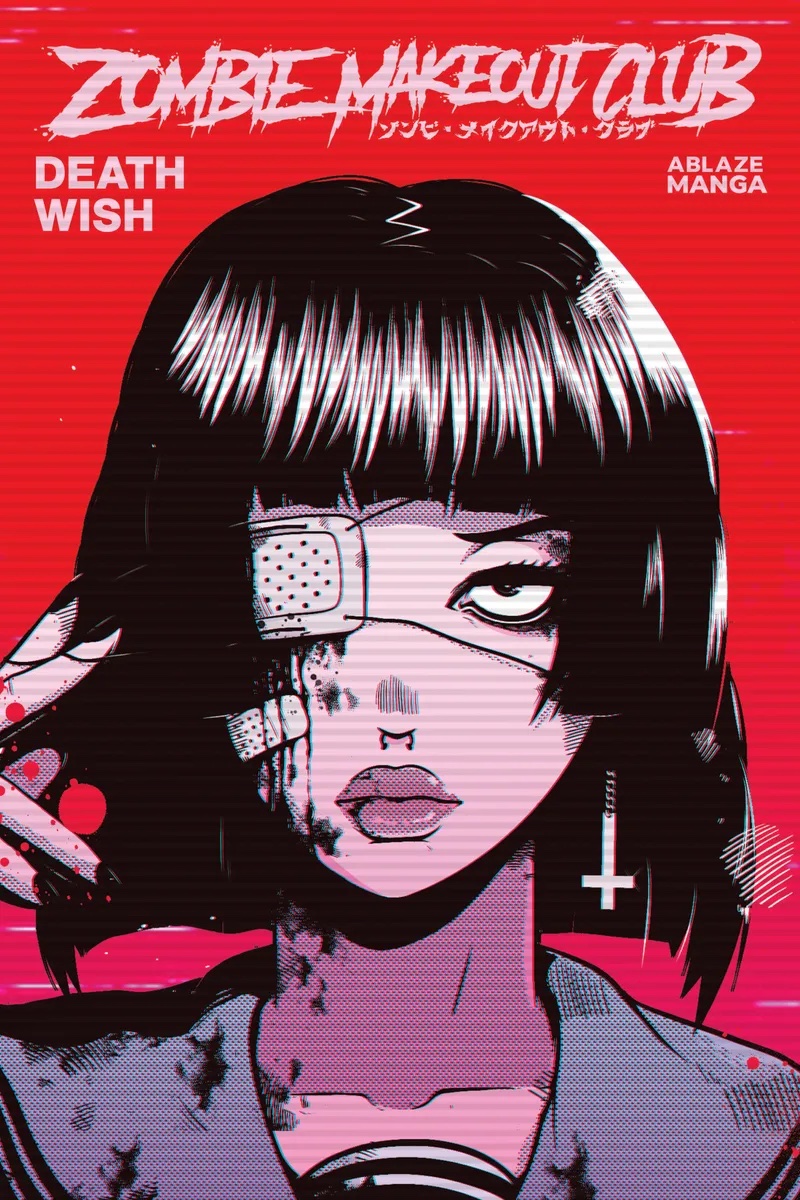 This week’s biggest news story:
This week’s biggest news story: 
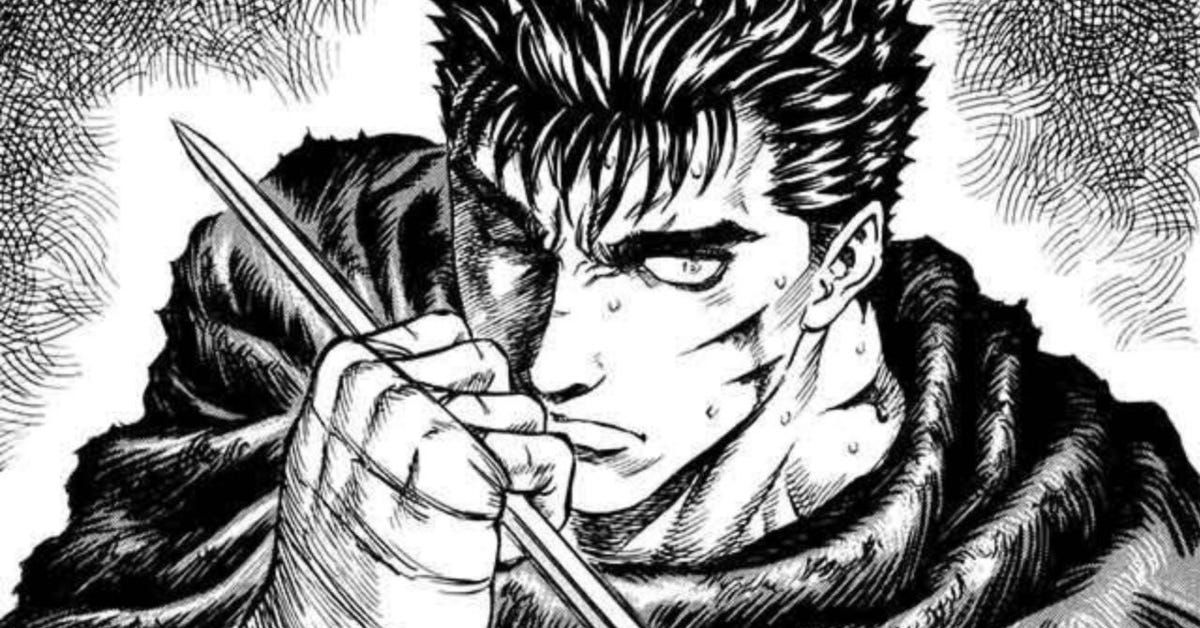
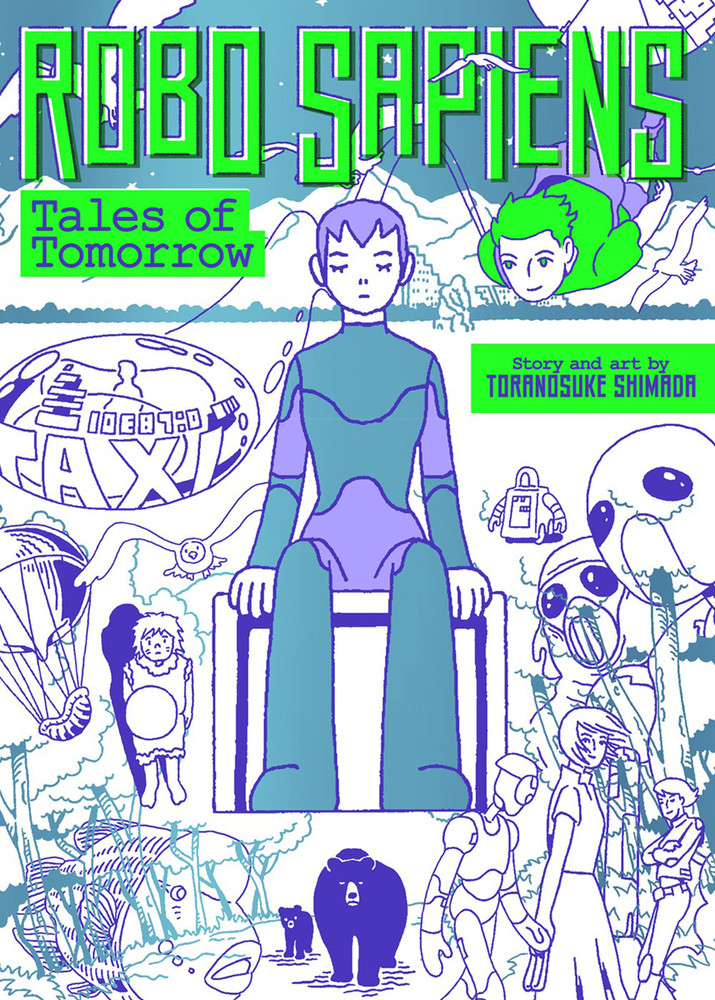 This year’s
This year’s 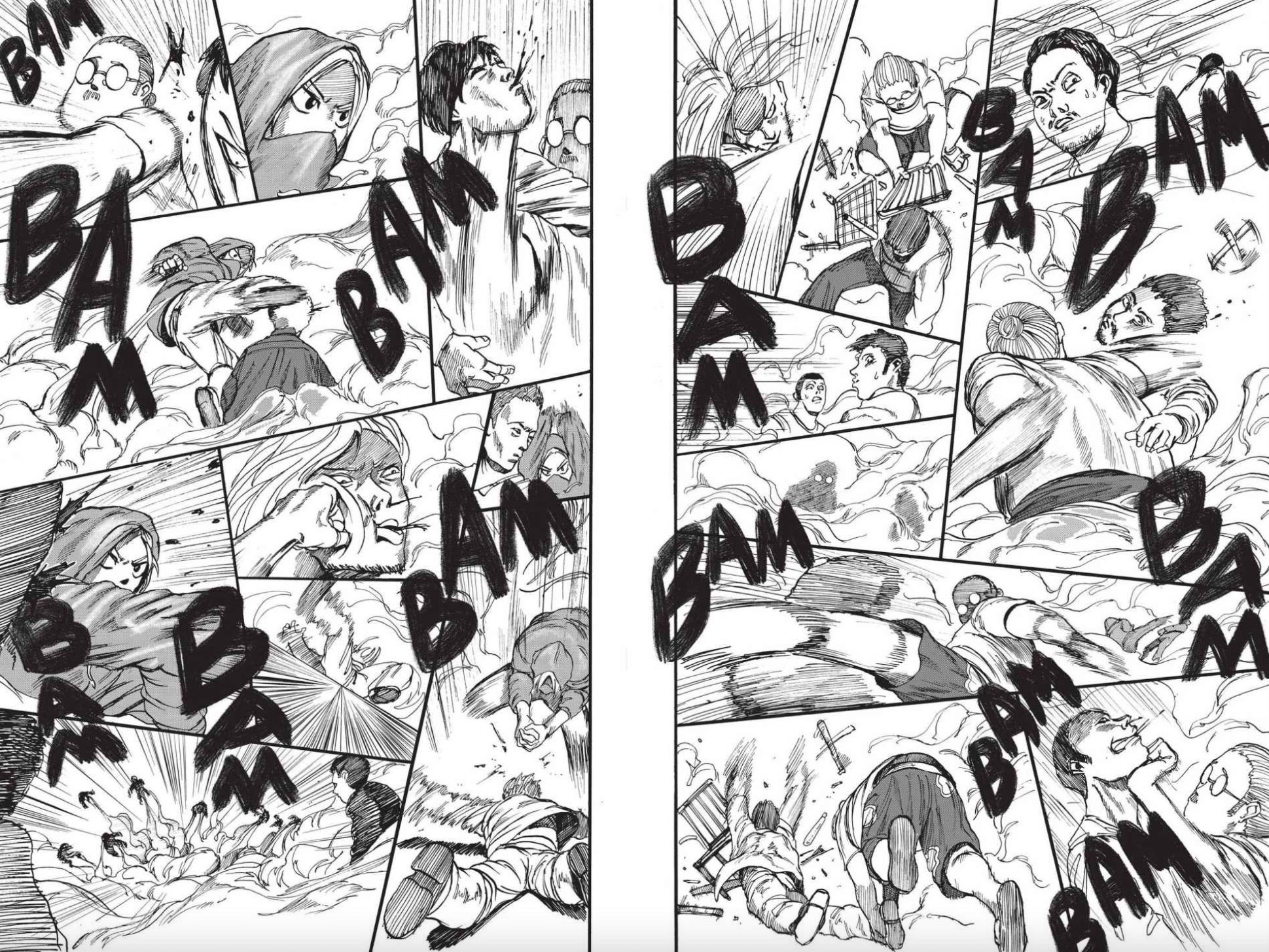
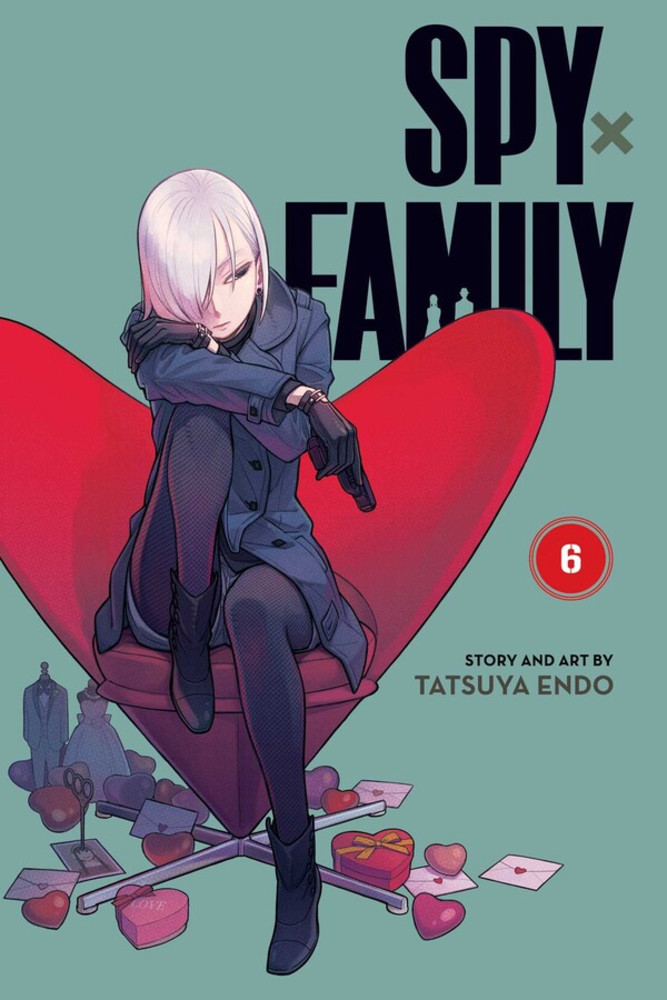 April sales figures are in, and
April sales figures are in, and 